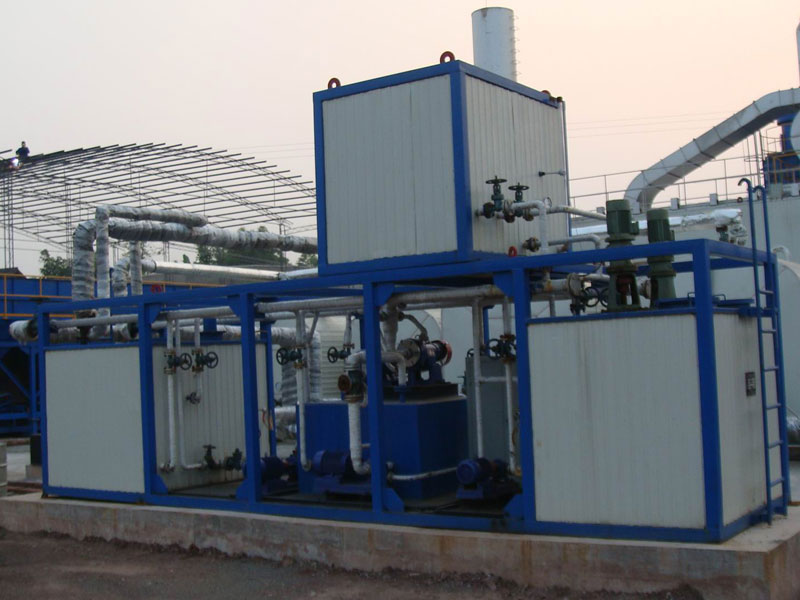 English
English Español
Español  Português
Português  русский
русский  Français
Français  日本語
日本語  Deutsch
Deutsch  tiếng Việt
tiếng Việt  Italiano
Italiano  Nederlands
Nederlands  ภาษาไทย
ภาษาไทย  Polski
Polski  한국어
한국어  Svenska
Svenska  magyar
magyar  Malay
Malay  বাংলা ভাষার
বাংলা ভাষার  Dansk
Dansk  Suomi
Suomi  हिन्दी
हिन्दी  Pilipino
Pilipino  Türkçe
Türkçe  Gaeilge
Gaeilge  العربية
العربية  Indonesia
Indonesia  Norsk
Norsk  تمل
تمل  český
český  ελληνικά
ελληνικά  український
український  Javanese
Javanese  فارسی
فارسی  தமிழ்
தமிழ்  తెలుగు
తెలుగు  नेपाली
नेपाली  Burmese
Burmese  български
български  ລາວ
ລາວ  Latine
Latine  Қазақша
Қазақша  Euskal
Euskal  Azərbaycan
Azərbaycan  Slovenský jazyk
Slovenský jazyk  Македонски
Македонски  Lietuvos
Lietuvos  Eesti Keel
Eesti Keel  Română
Română  Slovenski
Slovenski  मराठी
मराठी  Srpski језик
Srpski језик
The Role of Other Supporting Facilities in Improving Employee Productivity
2024-09-27

What kind of supporting facilities are commonly used in the workplace?
There are many different types of supporting facilities that companies can provide to their employees. Some of the most common include:- Ergonomic office furniture and equipment to promote comfort and safety
- High-speed internet and advanced communication tools to improve connectivity and collaboration
- Specialized software programs, tools, and applications to help employees carry out their work more efficiently
- Quality training programs and opportunities to enhance professional skills
How do these facilities impact employee productivity?
When employees have access to the right tools and facilities, their productivity and job satisfaction increase significantly. Employees who are comfortable, safe, and equipped with the right tools can work faster, produce better quality work, and be more creative in their jobs. It also boosts their morale and sense of loyalty to the company, resulting in better retention rates.How can a company ensure that their supporting facilities are effective?
To ensure that supporting facilities are effective, companies should take the time to research and understand their employees' needs and requirements. They should also strive to provide a range of facilities that cater to diverse employee needs. Regular feedback should be solicited to determine the effectiveness of these facilities and to identify areas that need improvement. Overall, Other Supporting Facilities play a critical role in improving employee productivity and team performance. Companies that invest in their employees' comfort, safety, and welfare will reap the benefits of a more engaged, motivated, and productive workforce.In conclusion, Other Supporting Facilities are essential to enhance employee productivity and drive business growth. Companies that invest in these facilities will create a more conducive work environment that brings out the best in their employees. As a renowned provider of a wide range of asphalt mixing plants, WUXI XUETAO GROUP CO., LTD is committed to creating the best working environment for its employees. Our facilities provide an optimal workplace where employees thrive and are motivated to deliver high-quality products and services to our esteemed customers. Contact us through webmaster@wxxuetao.com to learn more about our range of asphalt mixing plants and services.
10 Scientific Research Papers on Enhancing Employee Productivity:
1. Skinner, B. F. (1953). Science and human behavior. Free Press.
2. Herzberg, F. I. (1959). The motivation to work. Wiley.
3. Maslow, A. H. (1954). Motivation and personality. Harper and Row.
4. Locke, E. A. (1968). Toward a theory of task motivation and incentives. Organizational behavior and human performance, 3(2), 157-189.
5. Deci, E. L., & Ryan, R. M. (1985). Intrinsic motivation and self-determination in human behavior. Plenum.
6. Bandura, A. (1977). Self-efficacy: toward a unifying theory of behavioral change. Psychological review, 84(2), 191-215.
7. Lawler, E. E., & Porter, L. W. (1967). The effect of performance on job satisfaction. Industrial Relations: A Journal of Economy and Society, 6(1), 20-28.
8. Kanfer, R., & Ackerman, P. L. (1989). Motivation and cognitive abilities: An integrative/aptitude-treatment interaction approach to skill acquisition. Journal of applied psychology, 74(4), 657-690.
9. Latham, G. P., & Pinder, C. C. (2005). Work motivation theory and research at the dawn of the twenty-first century. Annual review of psychology, 56, 485-516.
10. Locke, E. A., & Latham, G. P. (1990). A theory of goal setting & task performance. Prentice-Hall.




